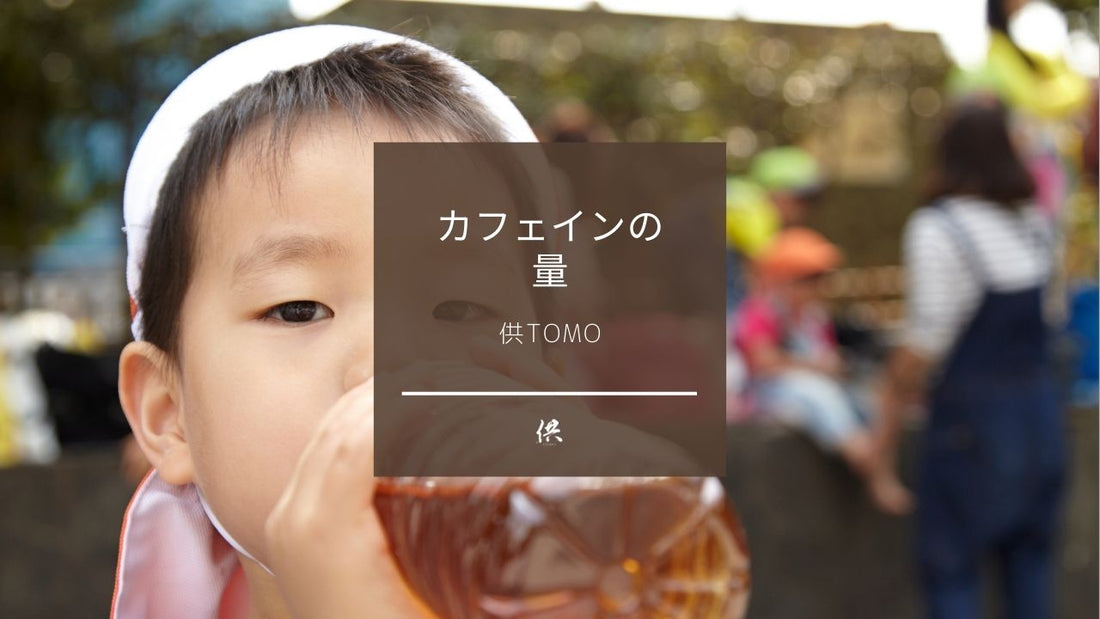We often hear about the amount of sugar we consume through drinks without knowing it, but what about caffeine?
At work, at school or on a trip, when you are thirsty, it is normal to go to the supermarket to buy something to drink. The choice is wide: water bottles, tea bottles, soft drinks, coffee... Just open to drink.
This type of product is called RTD (Ready to drink) and has generated spectacular sales since the 2000s. These drinks are often made with tea leaves or coffee beans, which contain caffeine.
So you wake up in the morning with your traditional cup of coffee or tea, then during the day you buy a bottle of the drink of our choice, then two, then three... And then the following problem appears: how much caffeine did you consume today? The answer is hard to say for everyone.
In November 2021, the National Consumer Affairs Center of Japan noted the case of a young middle school student who drank a 500ml coffee bottle, and developed acute intoxication within an hour. He complained about headaches, nausea and palpitations. The young Japanese man was rushed to the hospital, where he was treated with intravenous drips. He was released from the hospital the same day.
This case has led to many questions, including the need to label products for their caffeine content, as children and teenagers often consume these types of drinks.
In Japan, the labeling of caffeine content in beverages is not mandatory. It is done on a voluntary basis by companies.
In France, according to the website of the Ministry of Agriculture and Food Sovereignty, any drink containing more than 150 mg/L of caffeine must be labeled "high caffeine content". The ministry also specifies that the "caffeine content of a coffee can vary between 500 and 2,200 mg/L".
Unlike alcohol, which has regulated sales, caffeine is freely available. It represents a particular risk for minors who are intolerant to it.
As it can be observed, energy drinks, containing artificially added caffeine, have a huge success among young people, especially minors.

Often consumed when tired, stressed or to refresh your mind, caffeine can quickly become addictive.
Caffeine makes you feel stronger, more agile and quicker. But if you consume it in too large quantities, it can quickly lead to several unwanted psychological reactions, such as severe anxiety attacks and panic attacks.
When you try to quit caffeine, it is common to experience caffeine withdrawal symptoms. Headaches, depression, lethargy, irritability are the most common experiences and make it difficult to stop caffeine.
Recently, there has been an increase in caffeine-free and decaffeinated drinks. Some drinks even display their caffeine content. Don't hesitate to check the label of your drinks to control your caffeine intake.
The easiest way to balance your caffeine intake is to drink caffeine-free beverages, like TOMO Genshin coffee. Delicious, organic and without coffee beans, this Japanese brown rice coffee can be enjoyed by everyone, from children to the elderly.

If you have trouble waking up in the morning, if you feel sleepy at work, if you feel exhausted and lightheaded in the evening, it is too easy to consume caffeine in excess. To avoid addiction and protect your mental health, you should try to maintain a balancet, and TOMO Genshin coffee can support you for this healthy mindset and lifestyle.
Start your healthy lifestyle now. Click here to learn more about Genshin coffee.

